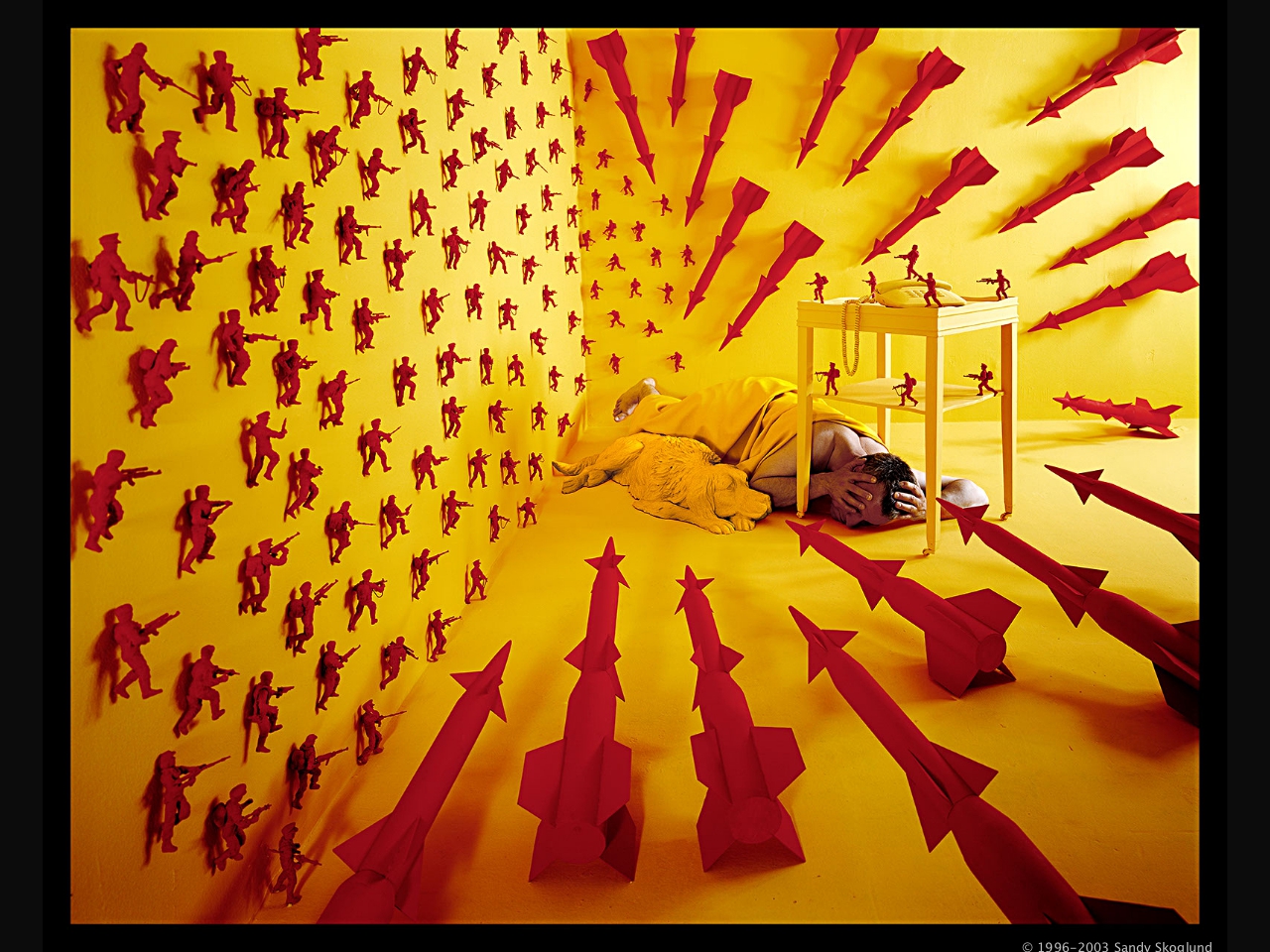Modern
Art: Unit 5
Modern art seems to be a beautiful
collection of the art from the past, and extremely independent. For example, on
one hand you have the Futurism group. They essentially believe in rejecting
everything from the past and creating a new way of art. They believe that art
is meant to include cruelty, violence, and injustice. They also refuse to
listen to people who tell them otherwise. In my opinion I think this is a horrible
outlook. The only way to know where we are going as a people is to be aware of
what we have come from and learning from the past. By rejecting that and
starting over, these people are in for a rude awakening. Their ideals echo that
of Hitler, and the book 1981. On the other hand, there are some artists that
seem to have some sanity to them. Many artists seem to be using mixed media to
create beautiful art. This includes tattoos, skin art, portraits, Polaroid
pictures, painted glass, oil and acrylic canvases, and assembled art, morphing
metals, and playing with chemicals. Modern artists seem to less fearful.
Because our eyes have been opened to so many different arts from the past,
there is now the opportunity to take that knowledge and run with it. Such as
the use of negative space, acid, and gun powder in art pieces. I can’t wait to
enjoy the things to come, and I am prepared for the insane things as well.






